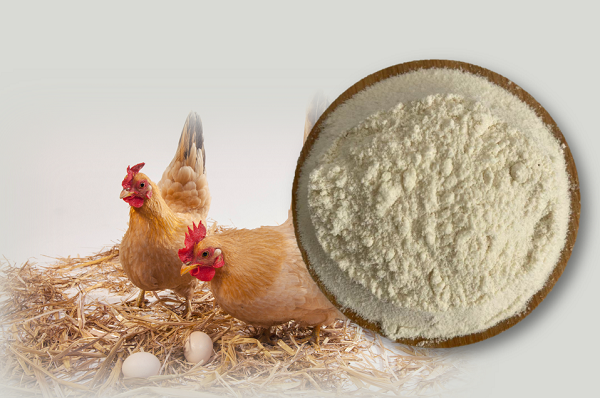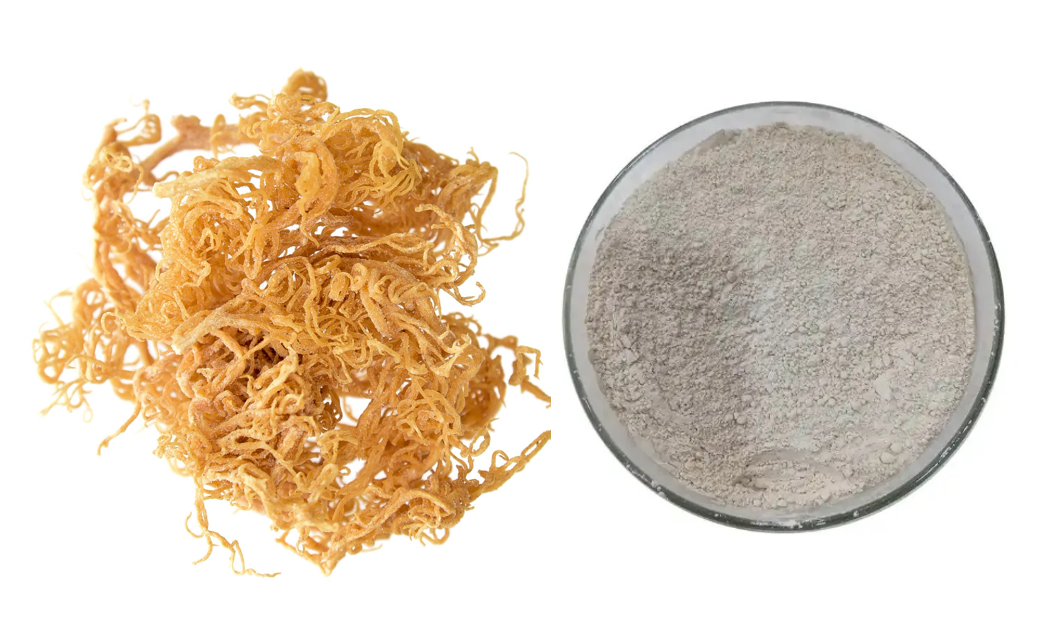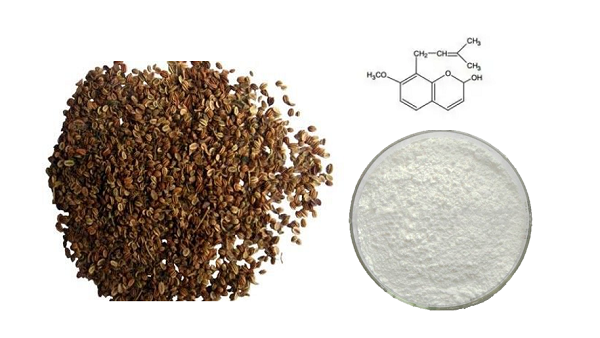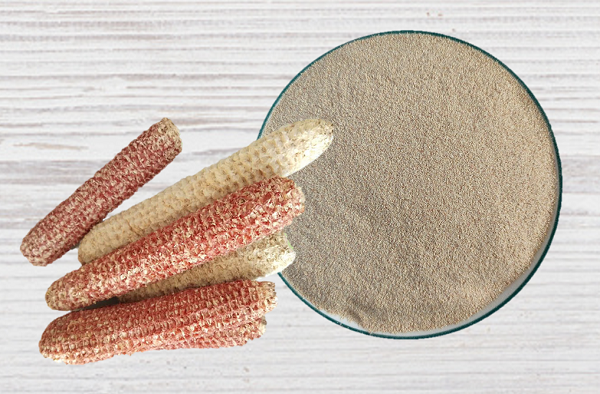Follow Us:

Is Pyrethrin Safe For Cats
Is pyrethrin safe for cats
Pyrethrin insecticides are naturally derived from the chrysanthemum (“mum”) flower, and pyrethroids are the synthetic versions of this chemical. The formulations of these products vary in concentration, synergists, and carriers depending on their intended use, which may include:
Home and outdoor yard and garden insecticides (these typically come in liquids, sprays, granules, and foggers)
Over-the-counter medicated flea shampoos
Topical flea and tick preventatives
How toxic are these insecticides to dogs, cats and other animals?
Whether or not a pyrethrin or pyrethroid product is toxic depends on the animal species involved, as well as the concentration, synergists and carriers used in the product. The use of pyrethrins/pyrethroids is generally, very safe in dogs; however, cats and fish are very sensitive to these products.
Fish may die from even the smallest exposure, so be sure to cover aquarium tanks (with something non-porous like plastic wrap) or remove the tanks from an area you will be treating with a product containing a pyrethrin or pyrethroid. Likewise, if you apply a topical flea and tick spot-on onto your cat, do not allow him to jump into a body of water where fish may be living for at least 24-48 hours following application.
Cats are also very sensitive to pyrethrins and pyrethroids because they’re unable to metabolize (break down) these agents quickly and efficiently due to their peculiar liver metabolism.
How do cats become exposed to pyrethrin/pyrethroid insecticides?
Unfortunately, the most common way is due to owner error. Some cat owners mistakenly or purposely apply a dog flea and tick product (a high concentration pyrethrin/pyrethroid product) to their cats.
Canine/dog flea and tick topical spot-on products containing pyrethrins or pyrethroids should never be used on a cat without consulting your veterinarian. Double and triple-check what you are applying to, or using around, your cat at all times! Never apply a “small dog” flea and tick medication to a cat.
Cats can also be exposed under these other scenarios:
They live with a dog in close contact (e.g., grooming each other, sleeping next to each other, etc.) that’s recently been treated with a high concentration pyrethrin/pyrethroid flea and tick preventative designed for canines. Your best bet is to separate your dog from your cat until the flea-tick product is completely dry.
As many flea and tick shampoos or collars contain low concentrations of pyrethrins/pyrethroids, they should only be used as directed and kept in a closed, safe place away from cats. Flea and tick shampoos or collars specifically labeled for cats are safe to use.
How can I tell if my cat has pyrethrin/pyrethroid poisoning?
Signs of pyrethrin/pyrethroid toxicity in cats are serious and life-threatening, and can include all or any of the following listed. Any of the following signs warrant an immediate visit to the veterinarian for further treatment:
Excessive salivation/drooling
Agitation or restlessness
Vomiting
Hiding
Incoordination or difficulty jumping, standing or walking
Shaking
Twitching
Tremors
Seizures
Dyspnea (difficulty breathing)
Hypothermia or hyperthermia
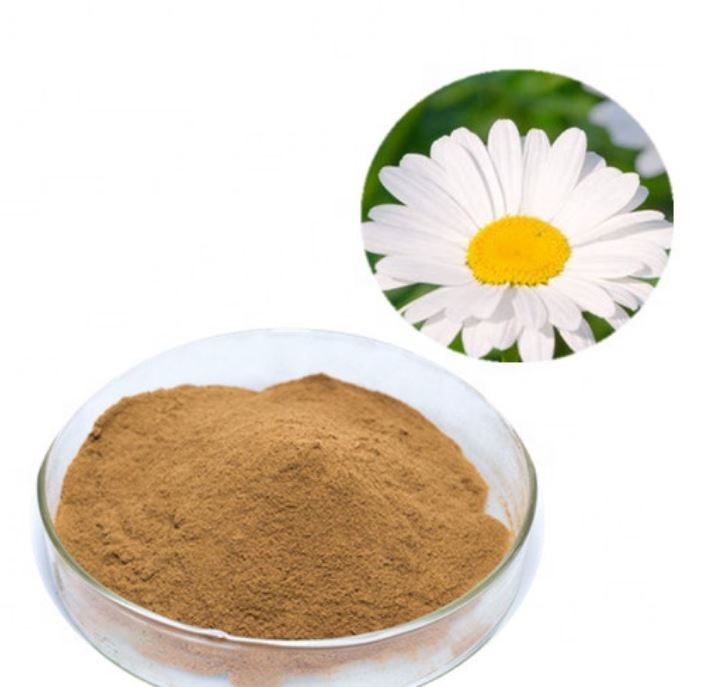
Is pyrethrin safe for pets
Pyrethrins are a plague visited upon our planet by cat hating celestial beings in an attempt to eradicate their very existence.
Fiction. Pyrethrin is a naturally occurring insecticide that comes from the chrysanthemum flowers commonly found in Africa and Australia. The Chinese used parts of chrysanthemum plants as an insecticide as early as 1000 BC and the insecticidal properties of the flower were first identified around 1800 in Asia. We humans went and fiddled with pyrethrins, synthesizing artificial insecticides called pyrethroids (such as permethrin) and then went crazy producing them as quickly as possible. As of January 2012, the US EPA had over 3,500 registered products that contain pyrethrins and pyrethroids.
Pyrethrins do something to the nerves–details are for students.
Fiction. Pyrethrins may do something to the nerves, but details are not just for students, they are also for inquiring minds like ours! Pyrethrins reversibly bind to neuron sodium channels and prolong conductance, therefore increasing depolarization. Pyrethroids antagonize GABA and glutamic acid and are much more effective as insecticides than pyrethrins. Both compounds are frequently used in combination with other enzymes to ensure effectiveness and prolong toxicity.
Pyrethrins are not particularly toxic or dangerous to mammals.
Fact. Pyrethrins are actually one of the safest insecticides for mammals and are even safe to use topically in cats if used at an appropriate concentration. Overdosing and ingestion of pyrethrins can certainly still cause signs of toxicity and even inhalation can cause symptoms consistent with asthma in our pets or in people. However, when used appropriately, pyrethrins are quite safe. Pyrethroids are also generally safe in mammals with the exception of cats. The most commonly used pyrethroid in the world of pet applied insecticides is permethrin, which is metabolized by glucuronide conjugation. Since the feline liver is especially inefficient at glucuronide conjugation, permethrin is highly toxic to our feline companions.
Does pyrethrin kill cats?
It belongs to the family of synthetic chemicals called pyrethroids and functions as a neurotoxin in insects. Although it is not known to rapidly harm most mammals or birds, it has proven dangerously toxic to fish and to cats if ingested.
pyrethrin toxicity in cats
Inappropriate use ofsuch products in cats may lead to toxic signs and even death. The clinicalsigns occur a few minutes to hours after exposure and consist of depression,salivation, vomiting, muscle tremor, hyperexcitability, seizures, ataxia,dyspnea, anorexia, weakness, prostration and death.
References:https://vcahospitals.com/know-your-pet/pyrethrinpyrethroid-poisoning-in-cats
https://www.atdove.org/article/pyrethrins-fact-or-fiction













